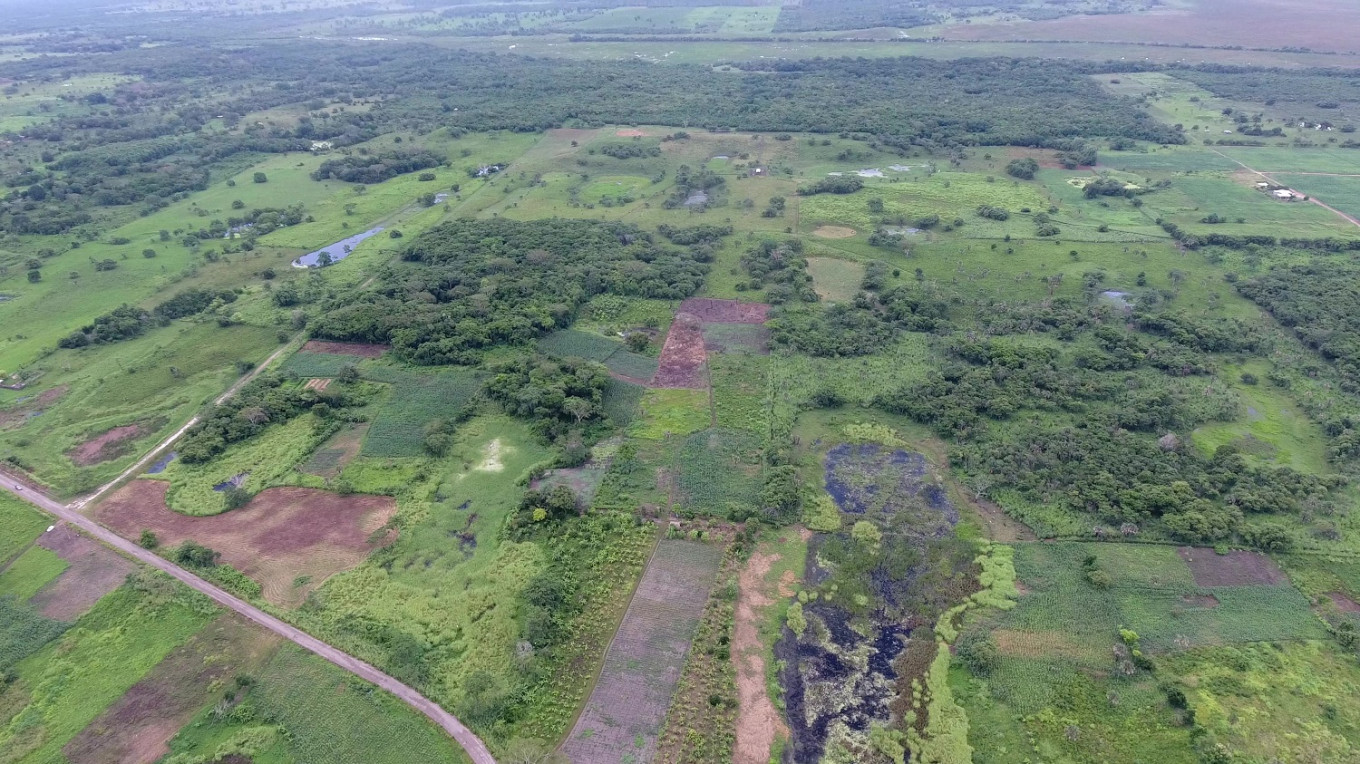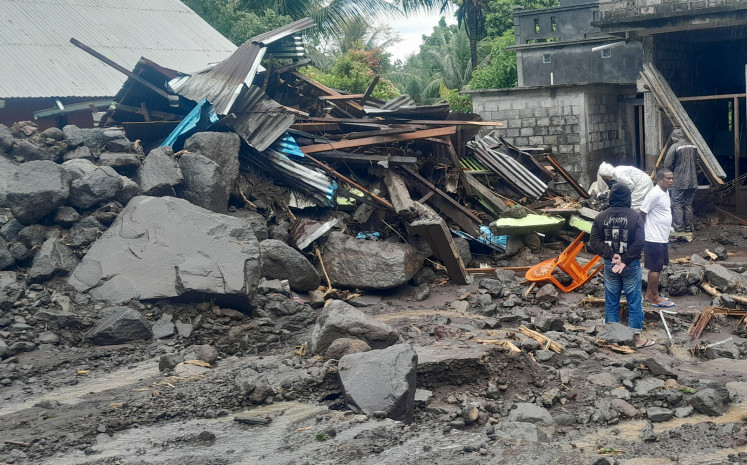Popular Reads
Top Results
Can't find what you're looking for?
View all search resultsPopular Reads
Top Results
Can't find what you're looking for?
View all search resultsOldest and largest ancient Maya structure found in Mexico
Scientists using an aerial remote-sensing method have discovered the largest and oldest-known structure built by the ancient Maya civilization.
Change text size
Gift Premium Articles
to Anyone
S
cientists using an aerial remote-sensing method have discovered the largest and oldest-known structure built by the ancient Maya civilization - a colossal rectangular elevated platform built between 1,000 and 800 BC in Mexico's Tabasco state.
The structure, unlike the soaring Maya pyramids at cities like Tikal in Guatemala and Palenque in Mexico erected some 1,500 years later, was not built of stone but rather of clay and earth, and likely was used for mass rituals, researchers said on Wednesday.
Located at a site called Aguada Fenix near the Guatemalan border, the structure measured nearly 400 meters wide and 1,400 meters long and stood 10 to 15 meters high. In total volume, it exceeded ancient Egypt's Great Pyramid of Giza built 1,500 years earlier.
There were no signs of sculptures depicting high-status individuals, suggesting Maya culture at this early stage was more communal and only later developed social inequality and a hierarchical society led by royalty, the researchers said.
Read also: Archaeologists discover ancient Mayan palace in eastern Mexico
"Because it is so large horizontally, if you walk on it, it just looks like natural landscape," said University of Arizona archaeologist Takeshi Inomata, who led the research published in the journal Nature. "But its form comes out nicely in lidar."
Lidar, short for Light Detection and Ranging, is a remote-sensing technique that employs a pulsed laser and other data obtained flying over a site to generate three-dimensional information about the shape of surface characteristics.
Nine large causeways and a series of reservoirs were linked to the structure. Some parts of the rural Aguada Fenix site today are covered with cattle ranches. Other parts are wooded.
"It is probable that many people from surrounding areas gathered for special occasions, possibly tied to calendrical cycles," Inomata said. "The rituals probably involved processions along the causeways and within the rectangular plaza. The people also deposited symbolic objects such as jade axes in the center of the plateau."











